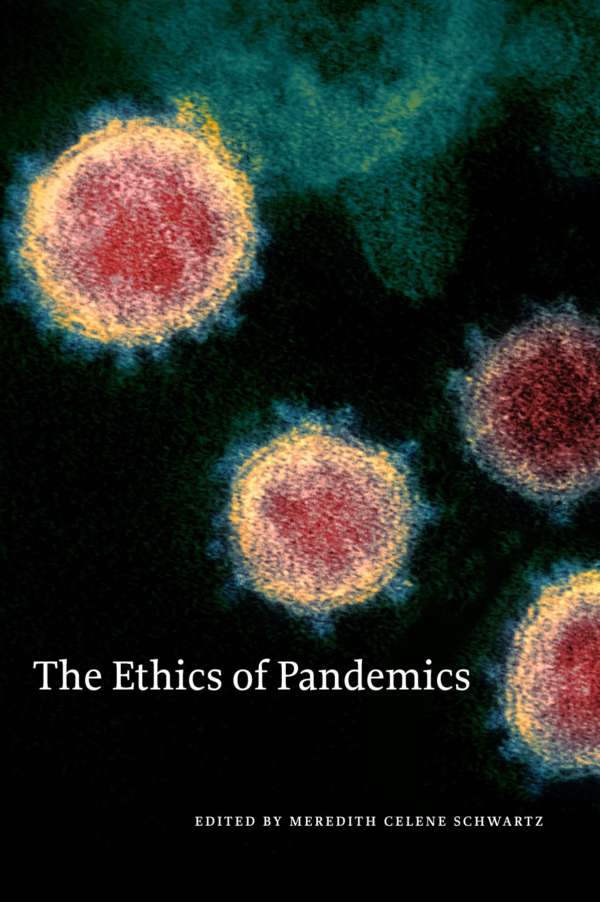The Impact Of Bundled Payment On Health Care Spending, Utilization, And Quality: A Systematic Review
THE CURRENT STATE OF EVIDENCE ON BUNDLED PAYMENTS
The topic has already been explained in this blog. Now you may find a systematic review of what is going on in US:
We performed a systematic review of the impact of three CMS bundled payment programs on spending, utilization, and quality outcomes. The three programs were the Acute Care Episode Demonstration, the voluntary Bundled Payments for Care Improvement initiative, and the mandatory Comprehensive Care for Joint Replacement model. Twenty studies that we identified through search and screening processes showed that bundled payment maintains or improves quality while lowering costs for lower extremity joint replacement, but not for other conditions or procedures.
While bundled payment programs maintain or improve quality while lowering costs for Lower extremity joint replacement, our systematic review suggests that the effects of the payment model on health care spending and utilization varied considerably—particularly by clinical episode type.
So what?. The drivers for success still have to be found. But there is one that is mandatory: payment systems need to be holistic, any partial design will fail.
Social distance












